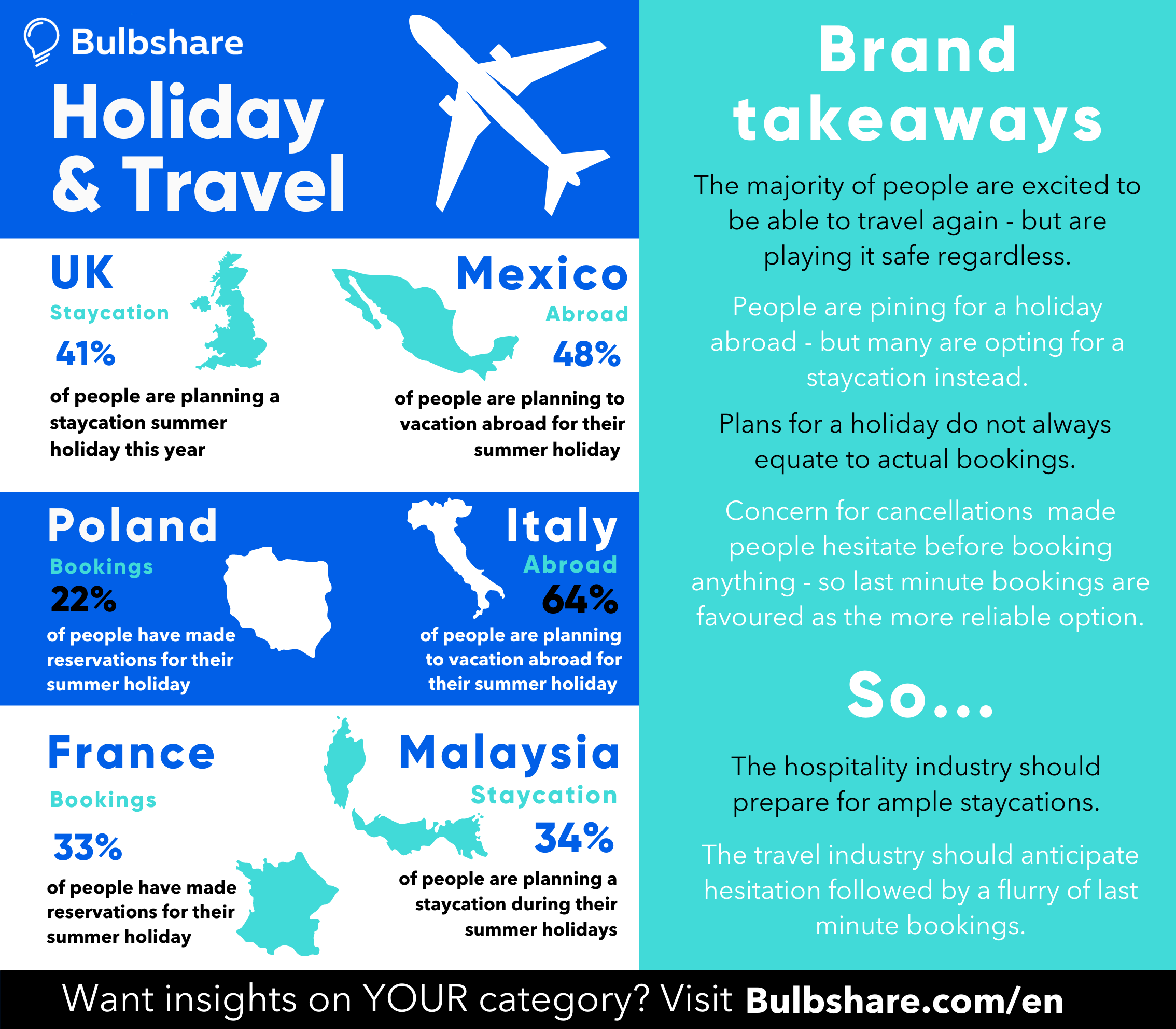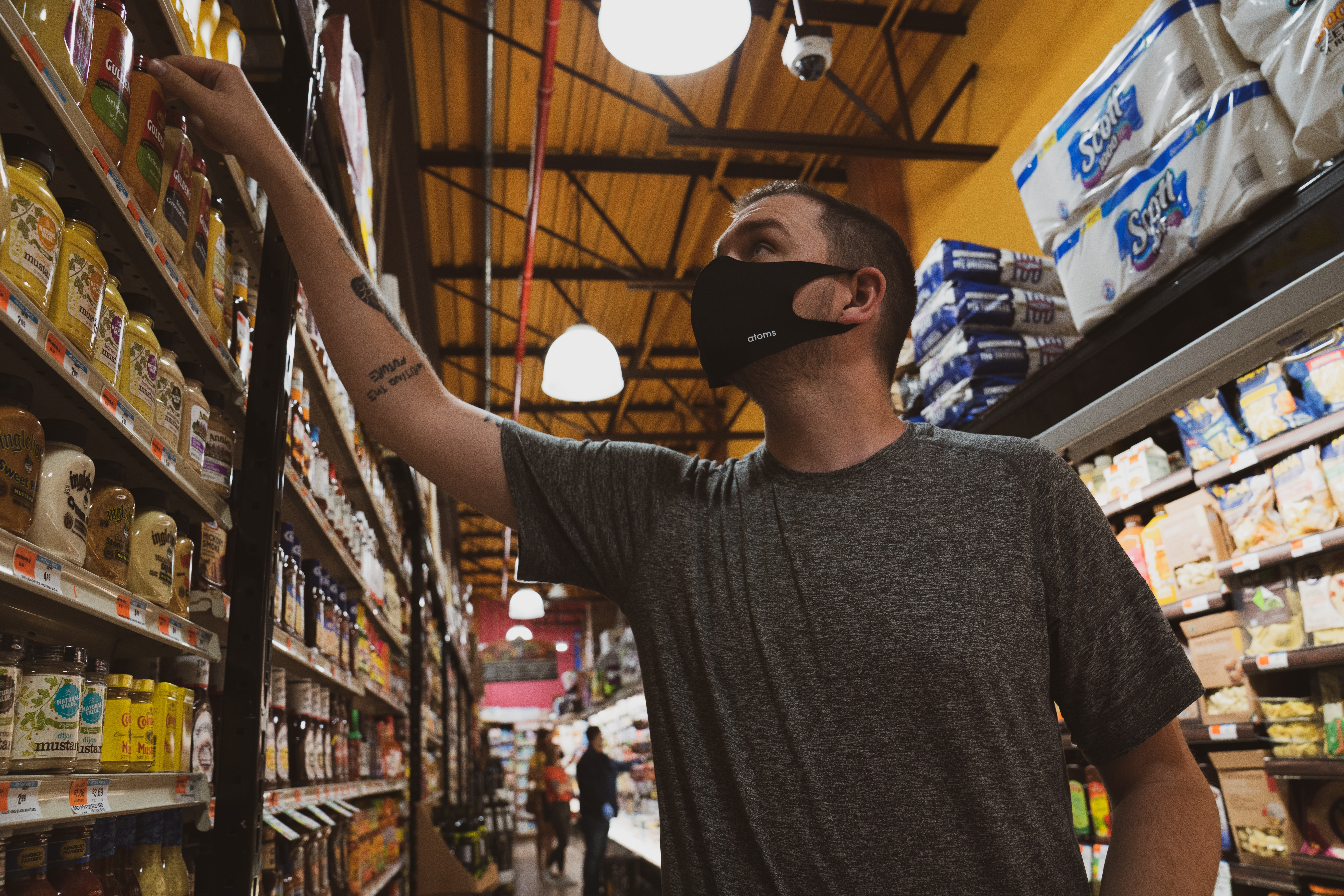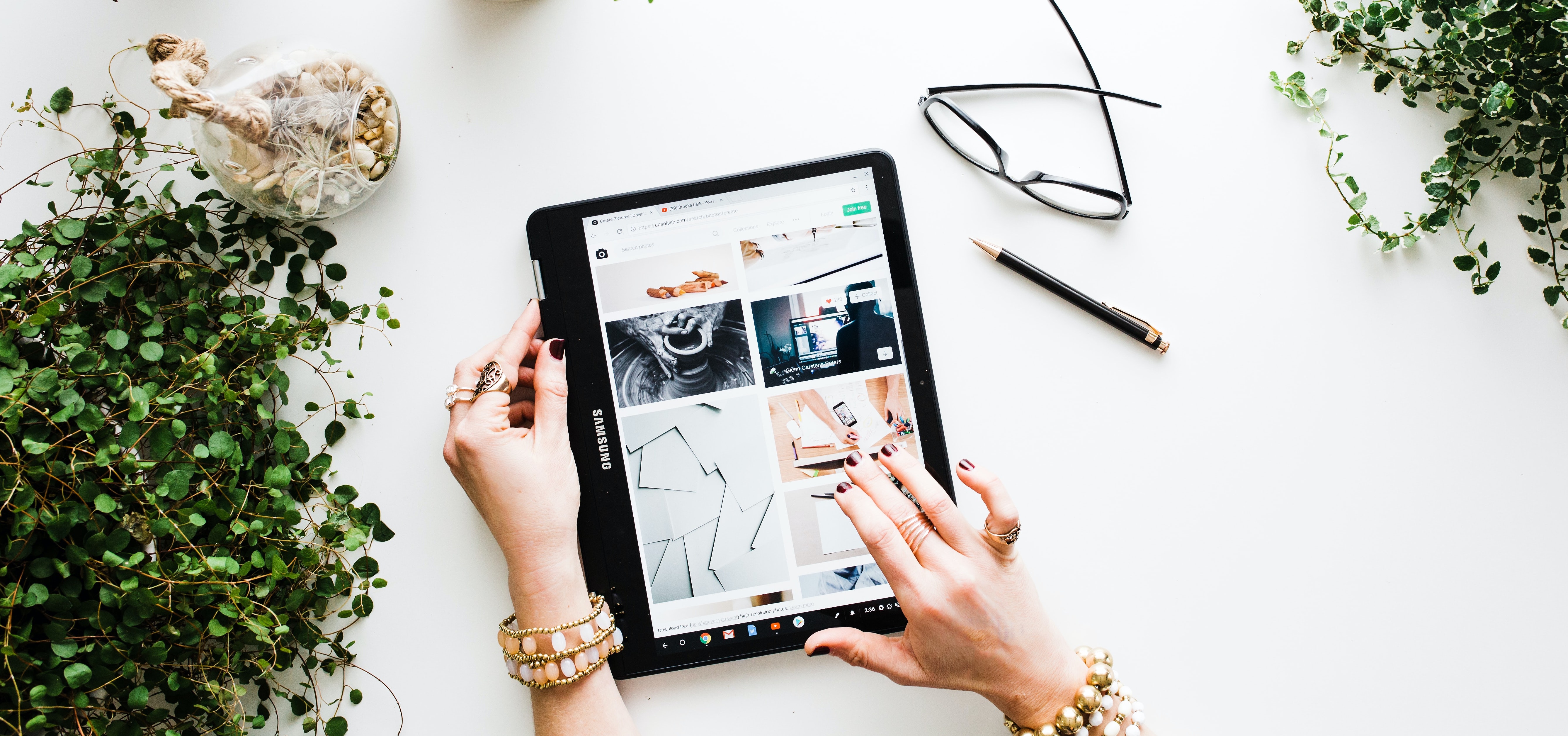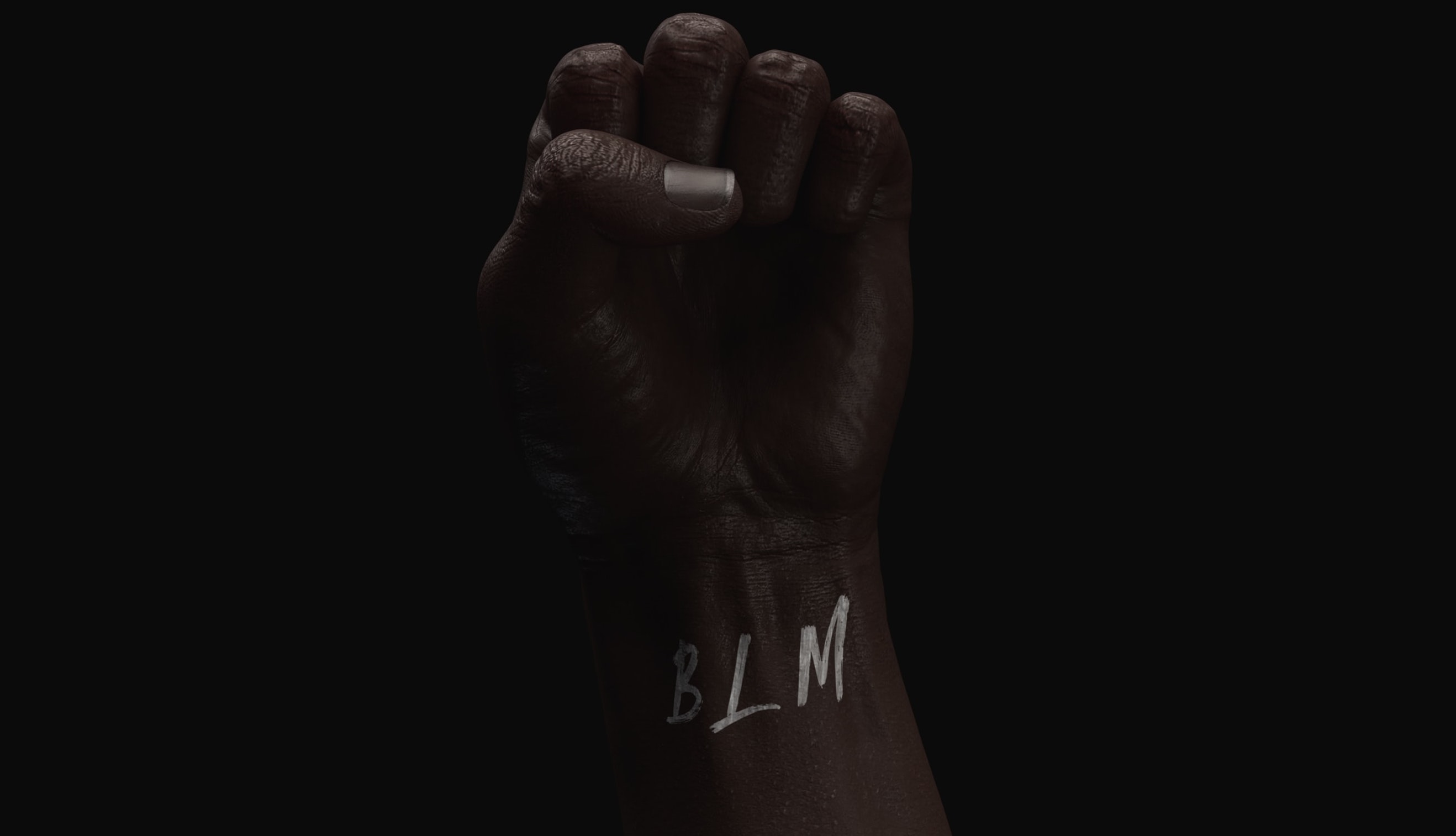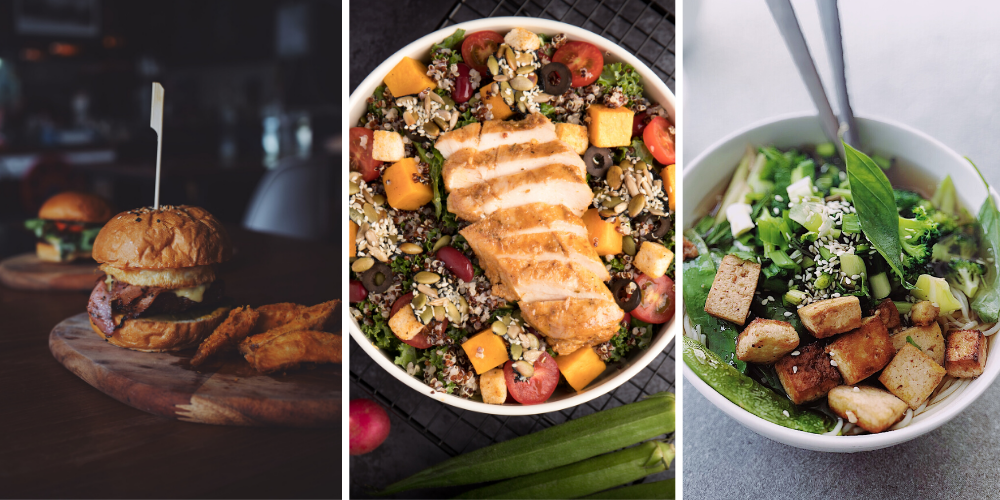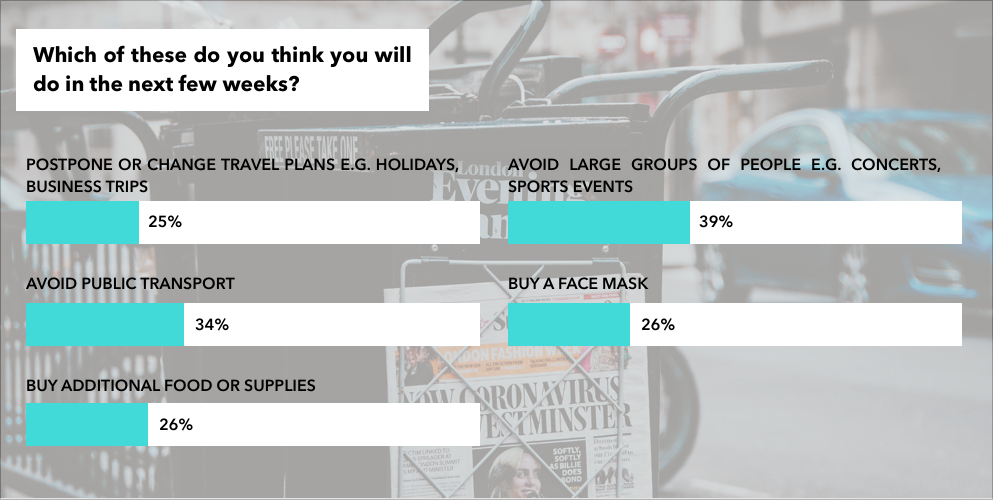“Stockpiling on non-perishables and household items like toilet paper, cleaning supplies like bleach, as well as soap and hand sanitizer.” Bulbshare user 🇨🇦
“I am stocking up on food and on other consumables, such as cleaning materials and toiletries, that I wouldn’t want to be without. My aim is to be able to get by for a month without having to go shopping – if it becomes necessary for me to stay at home.” Bulbshare user 🇬🇧
“When it comes to coronavirus, I try not to panic. However, due to the fact that I noticed that there are significant shortages on store shelves, I also decided to stock up on buying a few kilograms of flour, a few packets of pasta and sauces in a jar, ham and sausages in cans and jars, rice, and a few kilograms of frozen vegetables and fruit. The plans for weekend shopping also include the purchase of several five-litre bottles of water just in case.” Bulbshare user 🇵🇱
‘Don’t panic’ sceptics
While the majority of our community are concerned about the coronavirus and changing their behaviour accordingly, there is a notable contingent who are going about business as usual and feel that many are panicking unnecessarily. These people may be washing their hands more, but are not changing the way they shop, and are certainly not stockpiling. And there are some who feel that over-reporting of the virus has led to feelings of unneeded nervousness and overly drastic behaviour.
“I have not done anything different. I think we are at a very low risk as we usually stay in our local area, have not been in contact with overseas travellers, and (I) definitely will not indulge in panic buying.” Bulbshare user 🇵🇱
“Nope, carry on living. The only difference is that I have to work around people who are panicking.” Bulbshare user 🇬🇧
“I haven’t done anything differently since finding out about coronavirus. I think a lot of people are over panicking… The media need to stop scaremongering.” Bulbshare user 🇬🇧
Stay in touch with Bulbshare for continued reports around global reactions to the coronavirus over the coming weeks.

